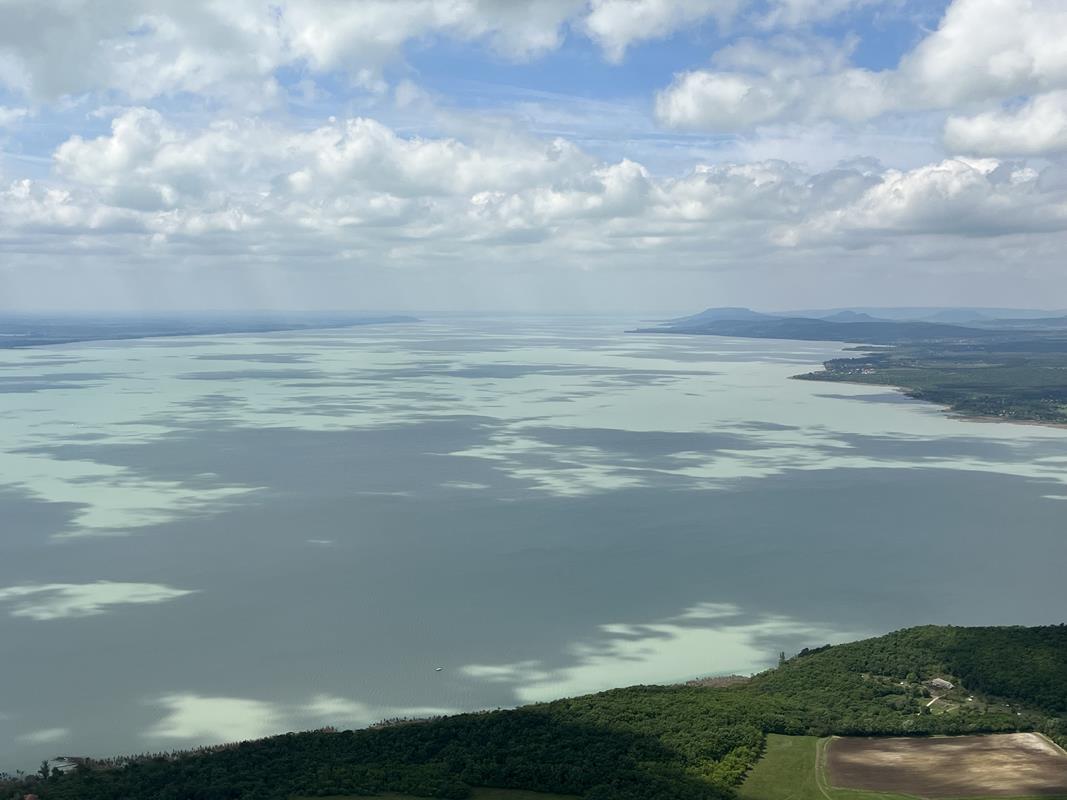It has long been rumored that a huge treasure lies deep in the mud of Lake Balaton. The value of the treasure at the bottom of the lake could reach 1,000 billion HUF. However, finding the treasure is not only technically challenging, it also requires the entire lake to disappear. The treasures of Lake Balaton will likely remain at the bottom of the lake forever, as extracting the gold will involve more losses than profits.
The tradition of gold prospecting around Lake Balaton can be traced back to the 18th century. In a letter from 1798, the abbot of Tihany drew attention to the gold found in the mud of Lake Balaton. Based on written sources and his own experience, the abbot suggested that it was indeed possible to find precious stones and gold in the lake's mud.
Imre Holosväry, a mining engineer, took the abbot's reports seriously and in 1907 carried out detailed investigations in the Balaton area. In cooperation with washing machines, they took samples from 61 different places and came to a surprising result. 100 kg of sand contains on average two grains of clay gold. 1000 pieces of clay gold are needed to produce one gram of gold. In other words, 5 railway cars would be needed, i.e. 50 tons of clay, for only 1 gram of gold.
How much gold is hidden in Lake Balaton?
Based on Imre Holosväry's calculations, there may be up to 120 tons of gold in Lake Balaton. The total value of the gold found in the sand traces is approximately 1,800 billion Hungarian forints. Lake Balaton. The purity of gold is 23 carats. At today's exchange rate, it is worth about 15 million Hungarian forints per kilogram. Considering this, the value of the treasure hidden in the depths of Lake Balaton is astonishing.
However, the reality is not always as simple as the numbers appear. Extracting gold from the depths of Lake Balaton will face unimaginable difficulties. Screening billions of tons of sand and storing the materials would raise huge costs and logistical problems. The lake will also turn into a desert as the volume of excavated sand increases. Therefore, the regurgitated sand will occupy a larger area than the excavated sand.
Although this amount of gold may seem small, it is actually a very high percentage. But that doesn't make the endeavor profitable. In an area of 600 square kilometers of Lake Balaton, there is an average of 5 meters of silt layer. In other words, 6 billion tons of sand must be examined, that is, 600 million cars of sand.
Therefore, the legend of Balaton is still alive and true. However, the treasure hidden behind the murky depths of the lake only serves to soar our imaginations. In this fantasy world, the secret of Lake Balaton gives the Hungarian Sea an eternal magic.
Historical context
By the way, the gold content in Lake Balaton is not surprising. Gold is found almost everywhere in the Ice Age rock layers of Transdanubia. This is due to the fact that gold was constantly carried by flowing waterways. Precisely for this reason, the country's production between the 13th and 16th centuries represented 80 percent of Europe's precious metal production. This means 1 ton of gold and 10 tons of silver per year.
These articles are also worth reading:












































